The biggest earthquake and tsunami disasters in history
An 8.8-magnitude earthquake struck off the coast of Russia’s Kamchatka Peninsula on the morning of July 30. Immediately after the earthquake, coastal countries and regions such as Russia, Japan, and the state of Hawaii (USA)… issued tsunami warnings.
According to Russia's RIA Novosti news agency , tsunami waves reaching 3 to 5 meters high hit the Pacific town of Severo-Kurilsk, Russia, causing the port area and a seafood processing plant to be flooded. Authorities have declared a state of emergency in the area.
Tsunami waves ranging from 0.9 to 1.3 meters high also hit the US state of Hawaii and the northeastern coast of Japan. Japanese officials warned that tsunami waves could reach 3 meters high and would continue to appear within the next 24 hours.
Japan's Fire and Disaster Management Agency (FDMA) has issued evacuation advisories for more than 1.9 million people in 21 Pacific coastal prefectures.
The damage caused by these tsunamis is still unknown, but this is not the first time an earthquake has caused a tsunami.
One of the most devastating earthquake-tsunami disasters occurred on December 26, 2004, when a magnitude 9.1 earthquake struck off the coast of Sumatra, Indonesia.
The earthquake off the coast of Sumatra caused the worst tsunami disaster in history (Photo: Getty).
The earthquake lasted for about 8 to 10 minutes, creating giant tsunami waves that spread across the Indian Ocean, with wave speeds of up to 800km/h and maximum wave heights of up to 50m. The tsunami affected 14 countries, including Indonesia, Thailand, India, Sri Lanka and as far away as East Africa.
The earthquake and tsunami killed nearly 230,000 people, with Indonesia being the hardest hit. Economic losses from the disaster were estimated at $10 billion.
This is considered one of the deadliest and most damaging tsunami disasters in history.
On March 11, 2011, another double disaster of earthquake and tsunami occurred, originating from a magnitude 9 earthquake off the coast of Tohoku, east of Honshu Island, Japan.
The 2011 earthquake and tsunami caused severe damage to Japan (Photo: Pinterest).
The powerful earthquake triggered a tsunami that traveled at a speed of 700km/h and reached a maximum height of 40.5m, causing severe damage to the coasts of Japan. The tsunami also spread as far as Hawaii, California (USA), Chile and some areas in South America.
This double disaster killed more than 18,000 people, displaced about 452,000 people and left more than half a million homeless. The estimated damage was up to 243 billion USD due to severe damage to infrastructure, nuclear power plants, etc.
On September 28, 2018, a 7.5 magnitude earthquake struck near the northern coast of Sulawesi, Indonesia, triggering tsunami waves 4 to 7 meters high that hit Palu Bay.
Despite an early warning system, the tsunami struck just three minutes after the earthquake, making it impossible to evacuate in time. The tsunami killed more than 4,300 people, destroyed more than 70,000 homes, and caused an estimated $1.3 billion in economic damage.
In addition, several earthquakes leading to tsunamis causing great damage have occurred in Chile (in 1960), Portugal (in 1755) or Samoa & Tonga (in 2009)...
Why do earthquakes often cause tsunamis?
The above are some of the devastating tsunamis that resulted from strong earthquakes.
According to statistics from the National Center for Environmental Information (NCEI), about 90% of tsunamis are triggered by earthquakes. However, earthquakes do not always cause tsunamis, but earthquakes need to meet the following conditions to lead to tsunamis.
Strong earthquakes occurring in the Pacific Ring of Fire region often cause large tsunamis (Photo: USGS).
- The location of the earthquake must be under the ocean floor and close to the shore, with the epicenter at a depth of about 70km or less. If the earthquake occurs on land and the epicenter is deeper, the earthquakes are unlikely to have enough impact to cause a tsunami.
- Earthquakes must occur on tectonic faults on the ocean floor, especially at subduction zones, which are geological areas where one tectonic plate of the Earth's crust sinks under another.
Earthquakes in these areas can move large blocks of rock under the sea or cause a fault to break. If the fault is vertical and causes a section of the sea floor to rise or fall, it can push or pull a large amount of water above it, creating a tsunami.
For example, if a tectonic plate is lifted, the sea water above it will also be pushed up, creating a giant column of water. Conversely, if the sea floor sinks, water will be sucked into the subsidence area, then spread out in the form of waves, creating tsunamis.
Earthquakes that rupture horizontally rarely cause tsunamis.
- The earthquake must have a magnitude of 6.5 or higher. In particular, earthquakes above 8 degrees can create dangerous tsunamis and the range of impact of the tsunami is very large. Energy from strong earthquakes will be transmitted into the water, creating waves that travel at high speeds (up to 700-800 km/h).
A tsunami is not just one wave, but a series of waves. Sometimes the first wave is not the biggest, but the waves that follow are the biggest and cause the most damage.
Understanding the characteristics and factors that form tsunamis such as earthquake intensity, epicenter location, etc. will play an important role in providing early warnings of tsunamis, helping to minimize damage to people living in coastal areas when tsunamis occur.
Source: https://dantri.com.vn/khoa-hoc/vi-sao-thuong-co-canh-bao-song-than-sau-khi-dong-dat-xay-ra-20250731090551527.htm


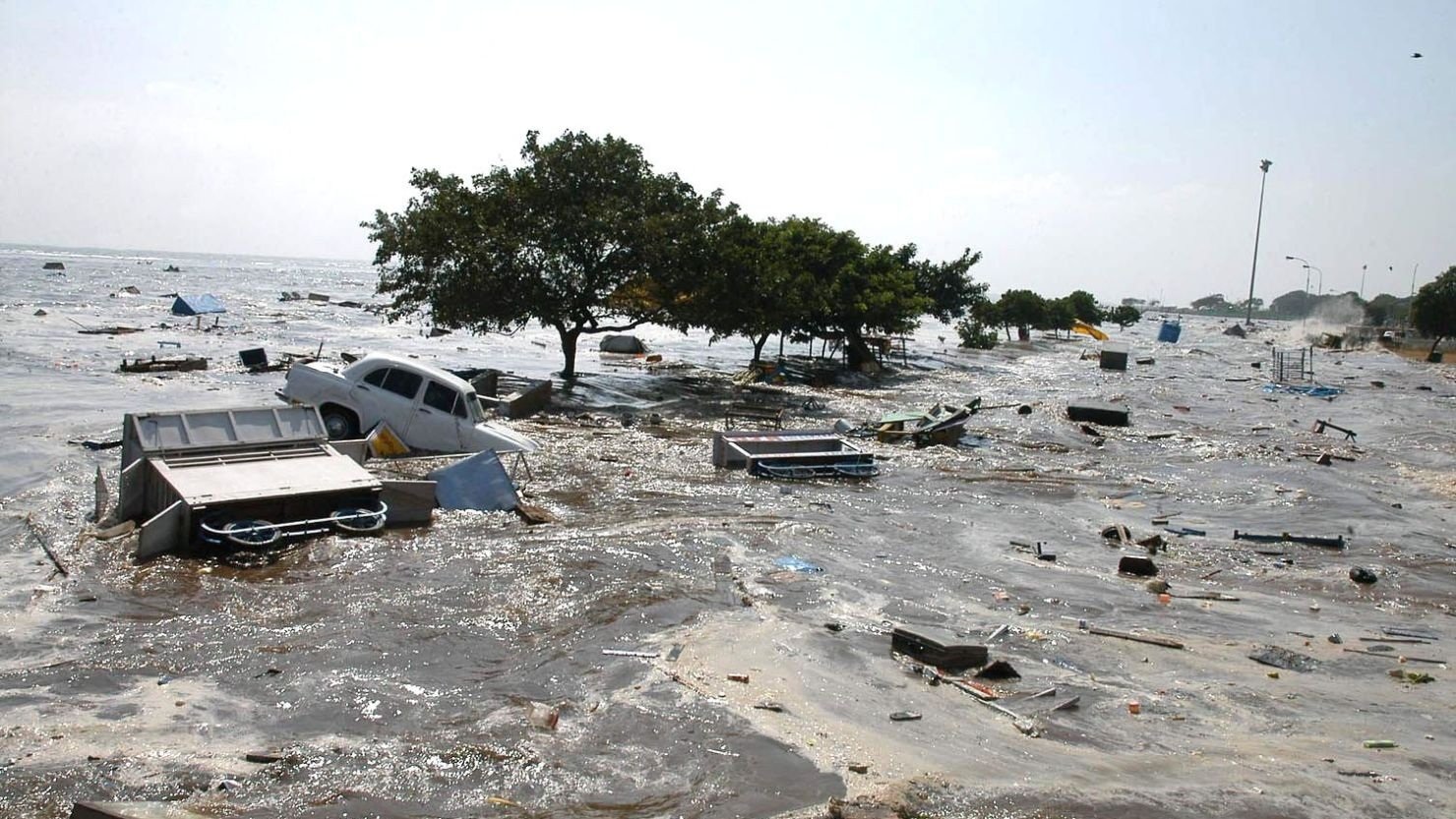
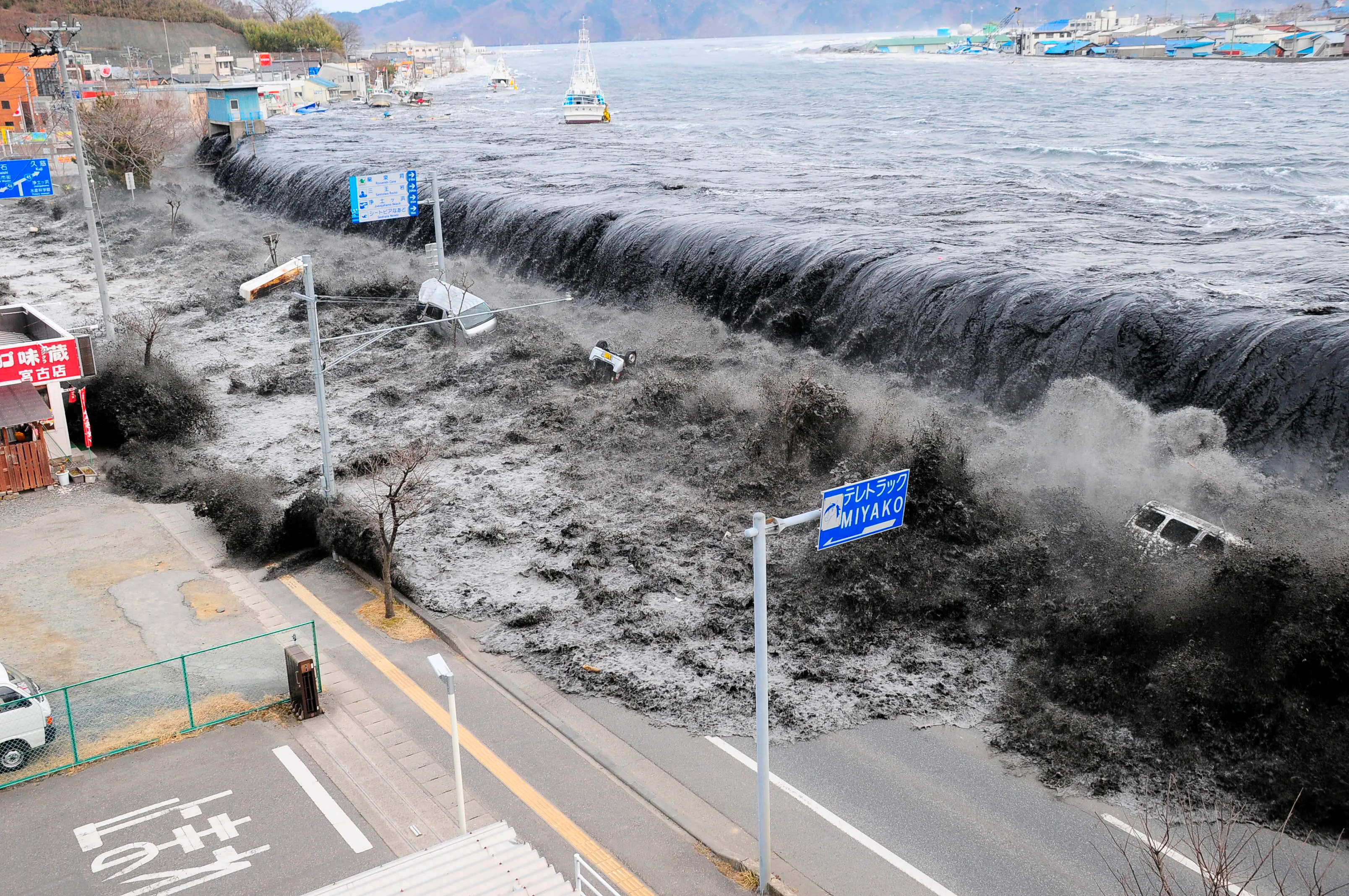
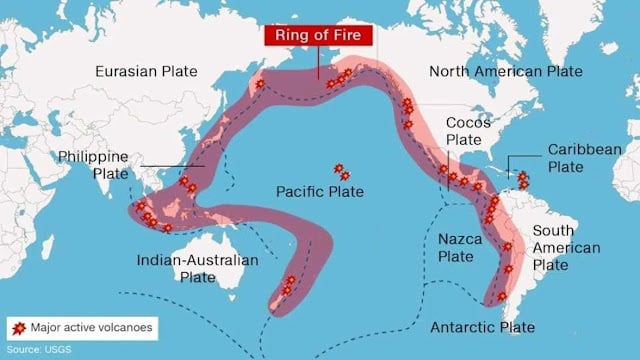
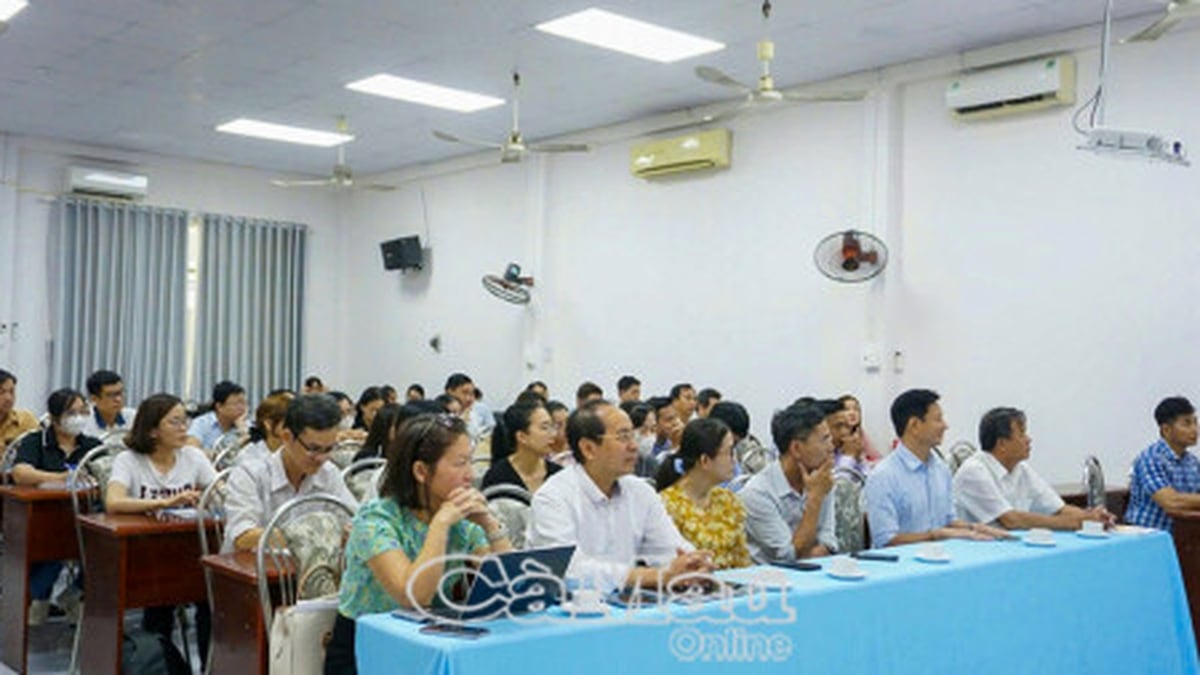
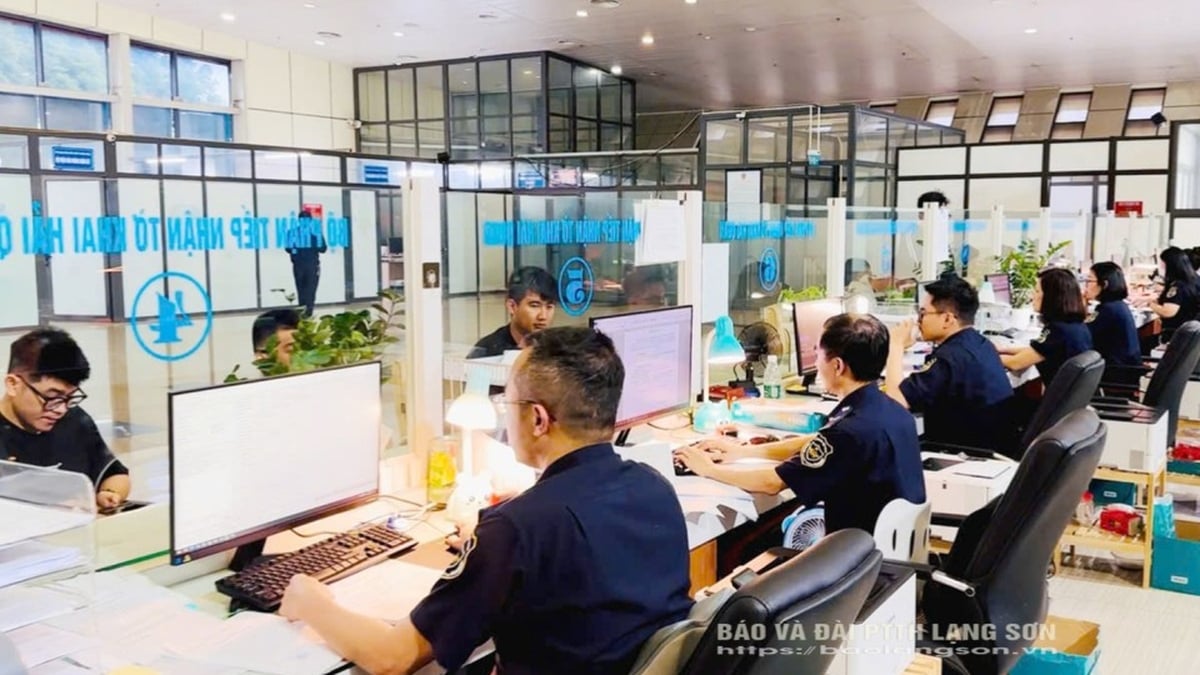

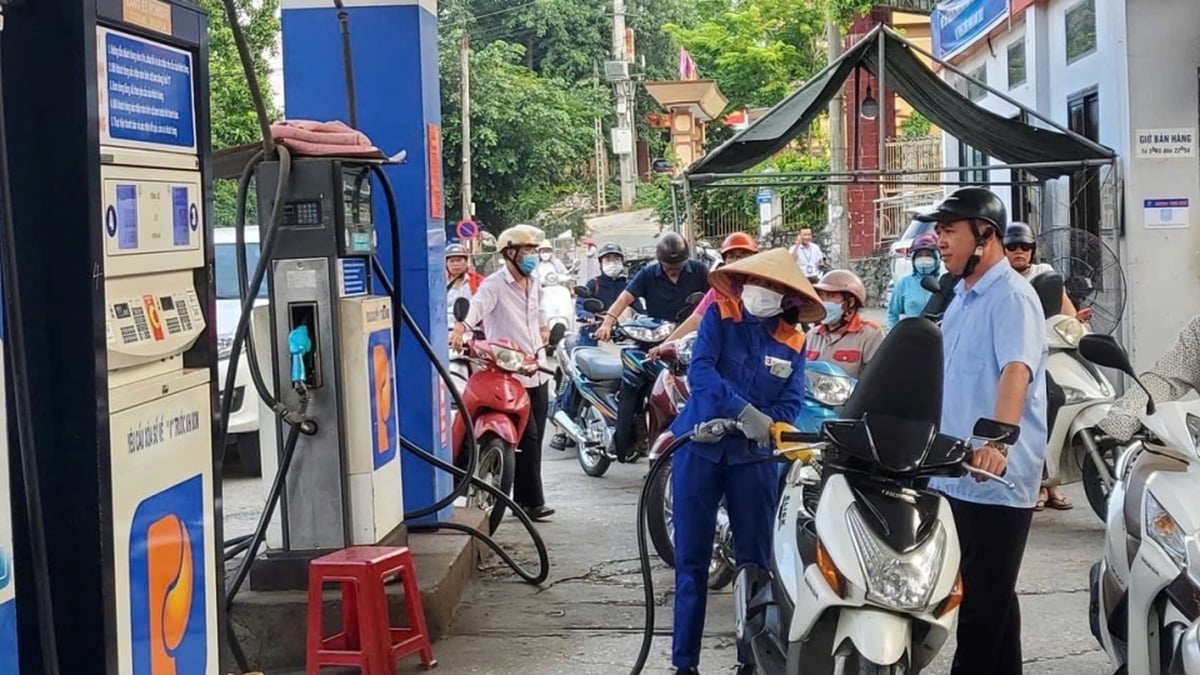


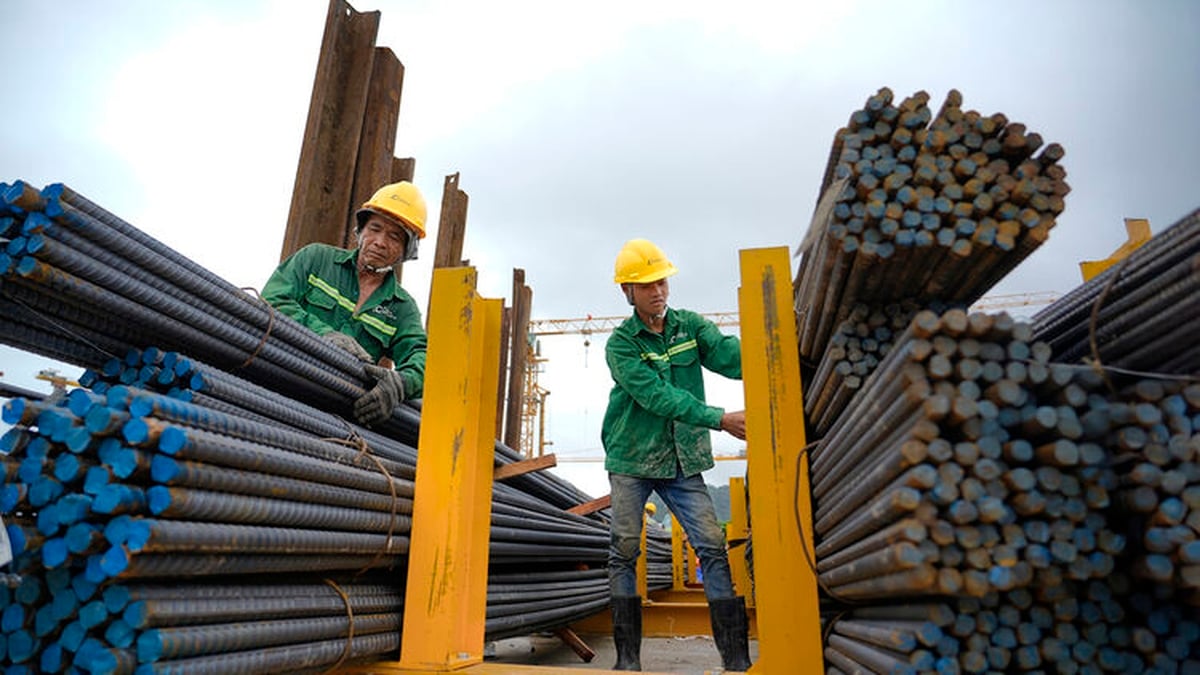
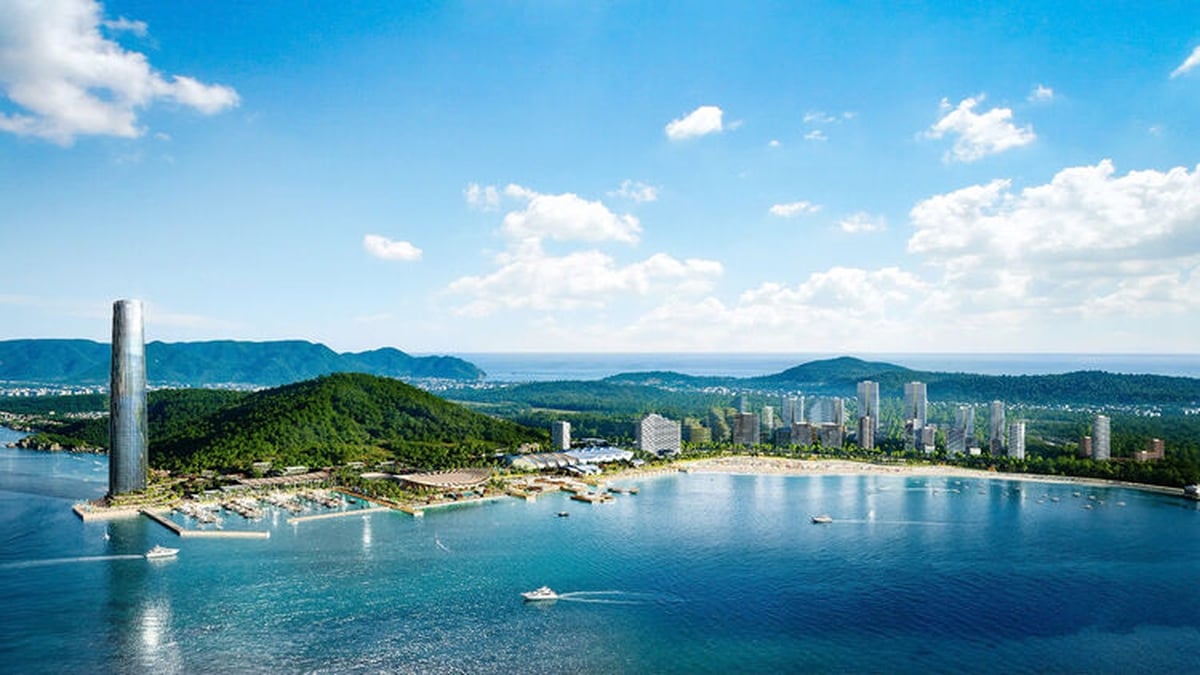
































































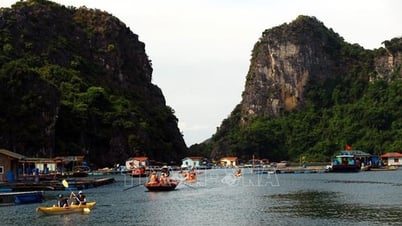




















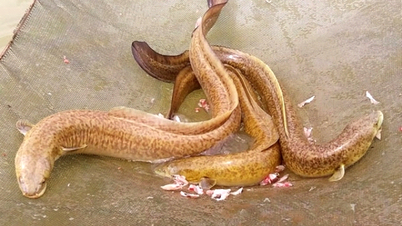

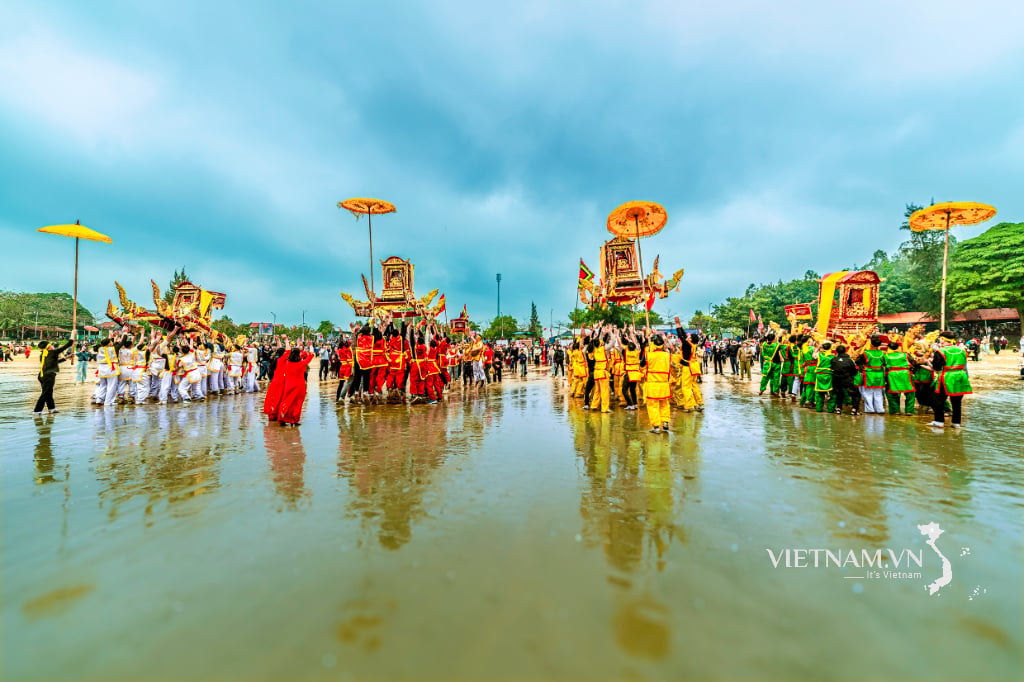
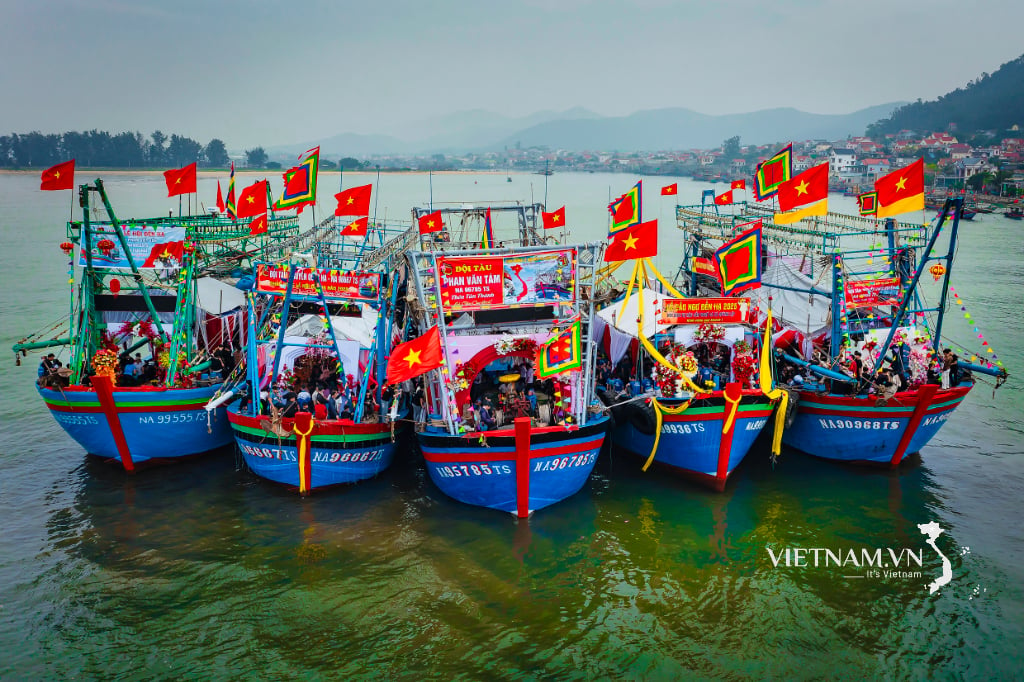

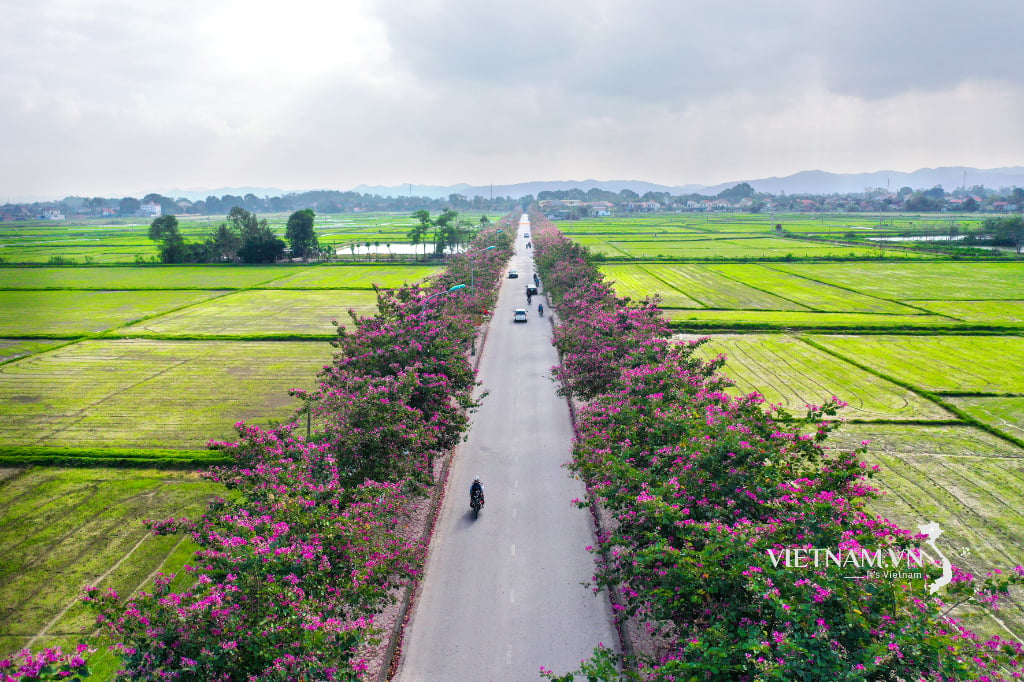
Comment (0)